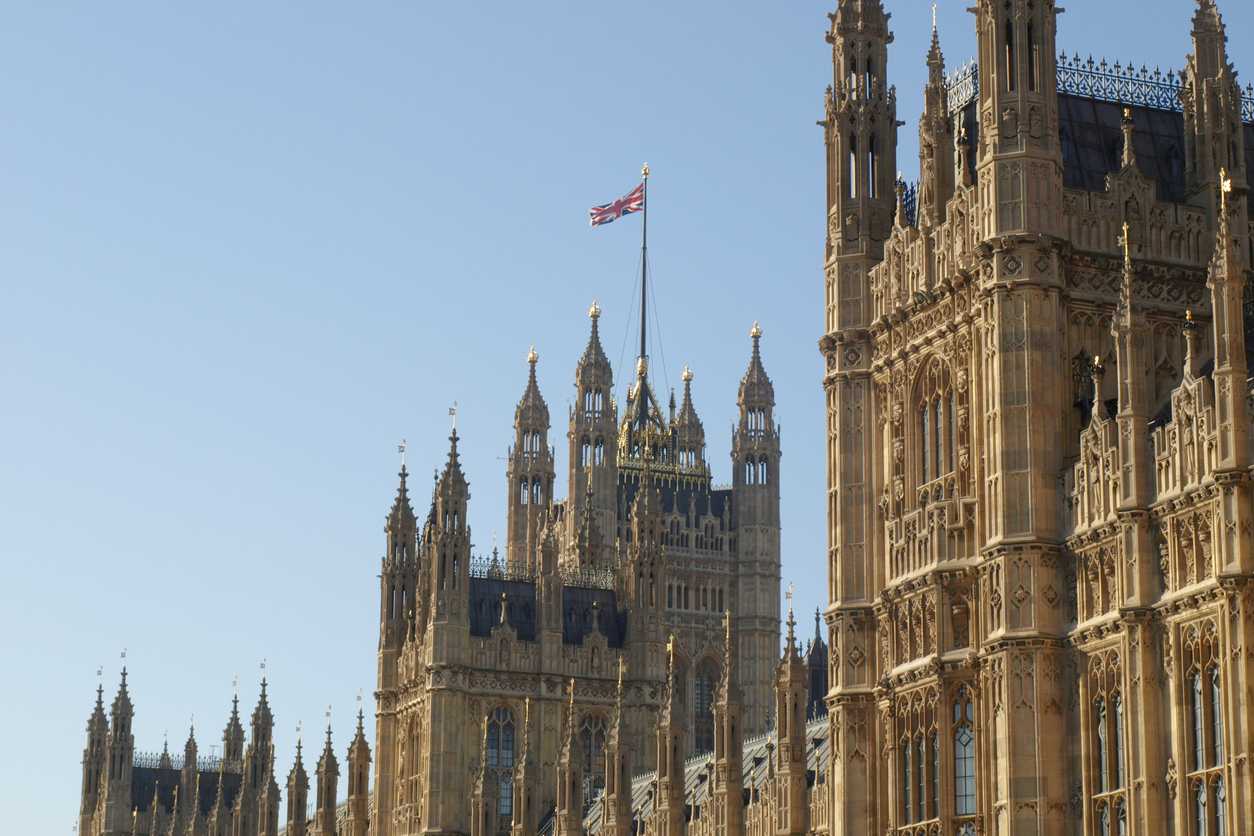The East Midlands’ unemployment rate has risen for the second month in a row – although it remains in historically low territory.
The 3.1% rate for the period between June and August 2022 – which is below the 3.5% UK national average – marked its highest figure in seven months, according to the latest regional labour market data from the Office for National Statistics.
Meanwhile, the region’s economic inactivity rate – which measures the number of working-age people who have dropped out of the labour market for reasons such as retirement, caring duties, long-term ill health or studying – increased from 21.9% to a record-high of 22.6%.
East Midlands Chamber chief executive Scott Knowles said: “Although the unemployment rate remains at historic low levels, the fact it is creeping up should be a cause for slight concern given the issues we’ve been highlighting regarding the UK facing the tightest labour market in years – as illustrated once again by a significant rose in the economic inactivity rate.
“Our research shows about four in 10 East Midlands firms have been at full operating capacity over the past half a year and while two-thirds have attempted to grow via recruitment, at least four in five of this cohort have struggled to fill roles.
“In our latest Quarterly Economic Survey, although the proportion of businesses that increased their workforce over the third quarter of the year rose by a net 4%, the future outlook is less optimistic with a 9% slide in the proportion of firms that expect to add to headcount before the end of the year.
“What this suggests is the stack of economic challenges facing businesses – driven by rising costs for energy, people, raw materials and fuel – is now denting confidence and holding back investment. Should this continue for much longer, we can expect to see more firms deciding to tighten their belts to get through difficult times, with a resulting negative impact on the job market.
“If Government is serious about growth, it needs to get serious about jobs. There are key reforms it should adopt to help ease tightness in the labour market.
“These include supporting greater business investment in workforce training, adopting flexible working practices, expanding the use of apprenticeships, and a comprehensive reform of the Shortage Occupation List to allow sectors facing urgent demand for skills to get what they need.








